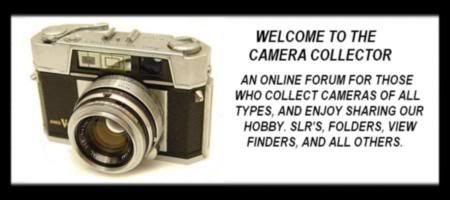Post by nikkortorokkor on Jun 7, 2008 21:17:52 GMT -5

Ah-ha. This is a self-indulgent post is the result of me working out how to post pictures from Flickr rather than Photobucket.
Yesterday evening a sou-wester blew snow up from the Antarctic. Down here on the flat it usually only happens once every winter or two.
This morning I shoved the Olympus P&S in my pocket and took one of my veteran bicycles out for a gallop.
For those retro-heads interested in old things that don't go click, the bicycle is a Ca1936 Jones Special, built in Christchurch, a city which is actually about 30 km directly behind the bike from the angle this photo was taken.
The Jones was hearth brazed from Accles & Pollock "Kromo" tubing. This from Wikipedia:
A&P was Britain's other lightweight bicycle tubing manufacturer with the more famous Reynolds, of 531 renown. Many leading bike builders in the UK during the 1930s, 40s and 50s preferred to use A&P as it was air hardening, unlike the manganese based Reynolds product which was not. Air-hardening tubesets actually become stronger when brazed, unlike the normal steel tubing sets, such as 531, which are weakened by heating. Air hardening products were not introduced by Reynolds until well into the late 90s and are now being marketed to cyclists as the latest thing in steel. Accles and Pollock Kromo tubing was used by Hobbs of Barbican, Rattrays of Glasgow "The Flying Scot" and Thanet in their "Silverlight" model.
This from me:
A&P was also famous for tapered golf club shafts (and their tapered bicycle forks are particularly fine too) and drew aircraft tubing as early as 1907. They formed part of Tube Investments (TI), which eventually bought Reynolds. TI sold A&P in the early Nineties, & the company still exists today, though in the tube bending business now. A lot of A&P tubing must have been imported to NZ before WWII, Most higher quality bikes from the depression years seem to be brazed from it.
The Jones is beautifully built & painted, with the mudguards (fenders) blocked & pinstriped to match the frame. Although not a racing bike, it was obviously very special, & hand built for its 1st owner, J. Hamilton, whose name is sign-written onto the top tube.
I've owned the Jones for about 20 years. It's a lovely bike to ride and the big, 28 by 1 3/8 wheels (a size common in NZ, Australia and Canada, but not in the UK or US) track beautifully over rough roads, snow & ice. It has no brakes, but is a fixed wheel, again, giving the rider great control in slippery going.
I should really carry a folding camera with me when I ride this bike, but at the moment, film processing costs are preventing me from taking anything but digital.
I digital dark roomed this a little with cropping and warming ever so slightly.

